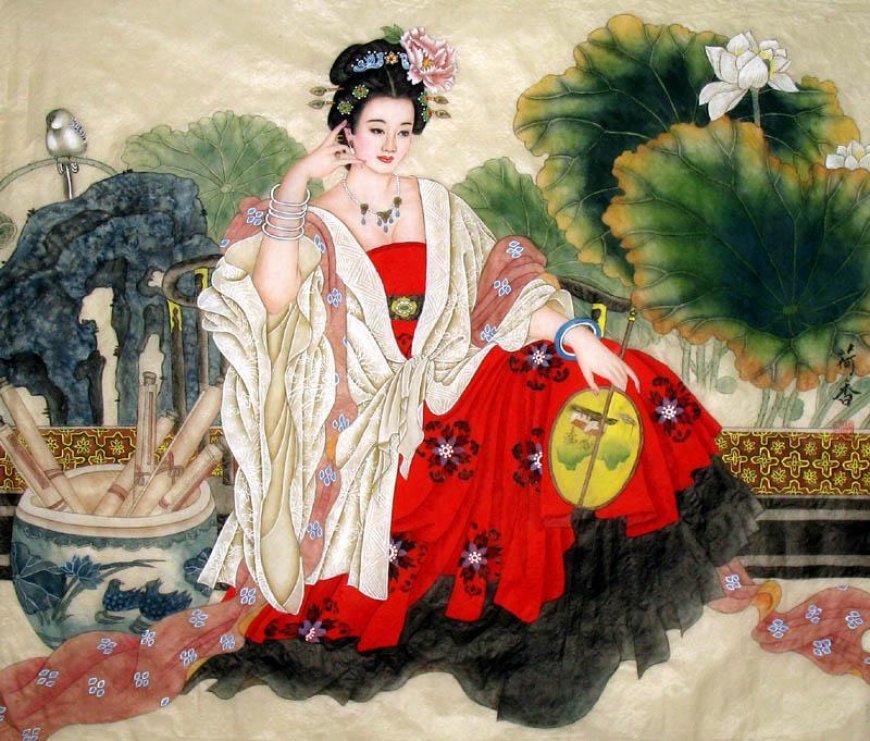What is Chinese character calligraphy and what makes it a unique form of artistic expression

Chinese character calligraphy is the traditional art of writing Chinese characters with brush and ink in a visually expressive and culturally meaningful way. Unlike everyday handwriting, this form of calligraphy is a deeply respected artistic practice that has been an important part of Chinese culture for thousands of years. It combines language, visual art, philosophy, and personal expression into a single powerful form.
At the heart of Chinese calligraphy are the Chinese characters, or "Hanzi" (??). These characters are not alphabetic but logographic, meaning each symbol represents a word or idea. There are thousands of characters, each made up of a combination of strokes that must follow a precise stroke order. The structure and balance of each character are vital in calligraphy, and mastering this requires years of practice.
The tools used in Chinese character calligraphy are known as the Four Treasures of the Study: brush (??), ink (?), paper (?), and inkstone (?). The brush is soft and flexible, allowing the artist to create strokes that can be light or bold, thin or thick, depending on pressure and movement. The ink is usually black and made from natural materials. The rice paper is absorbent, making each stroke permanent and unforgiving of mistakes.
There are several main styles of Chinese character calligraphy, each with its own purpose and visual feel:
-
Seal Script (??, Zhunsh?): Ancient and decorative, often used for seals and traditional art.
-
Clerical Script (??, Lsh?): Flat, wide strokes developed during the Han Dynasty, suitable for formal writing.
-
Regular Script (??, K?ish?): Clear and readable, commonly used in learning and everyday writing.
-
Running Script (??, Xngsh?): A semi-cursive style that flows smoothly, often used in personal letters.
-
Cursive Script (??, C?osh?): Highly expressive and abstract, this style prioritizes emotion and movement over readability.
What makes Chinese character calligraphy unique is the philosophy behind it. The goal is not just to write neatly, but to express ones inner thoughts and feelings through brushstrokes. Every line and angle reveals the energy (?, qi) and spirit of the calligrapher. It is often said that calligraphy shows the writers character, temperament, and mood.
Historically, calligraphy was a sign of education and refinement. Scholars, poets, and emperors alike practiced it as a key part of their learning and personal development. Calligraphy also appears in important cultural contexts: on scrolls, temple walls, poetry, and ceremonial documents. Many great Chinese thinkers and artists such as Wang Xizhi, Yan Zhenqing, and Su Shi were also famous calligraphers.
Even today, Chinese character calligraphy is taught in schools, exhibited in museums, and practiced by artists around the world. It bridges tradition and creativity, offering both discipline and freedom of expression.
In conclusion, Chinese character calligraphy is a living art that combines language, beauty, and philosophy. It remains one of the most respected and enduring elements of Chinese culture, admired for its ability to turn writing into a deep and expressive form of visual art.































